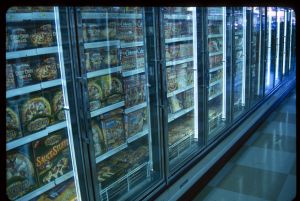 I don’t know if you have noticed, but food prices are higher than they have ever been, and all indications are that they will continue to go even higher. There are several reasons for this:
I don’t know if you have noticed, but food prices are higher than they have ever been, and all indications are that they will continue to go even higher. There are several reasons for this:
Increased cost of fuel to transport food
Increased world population leading to a high demand for food
Smaller food harvests on many essential foods, including corn, grain, and peanuts
Recessed economy leading to lower food stock in stores as retailers strategize to reduce their waste and cost of doing business
Decreased value of the US dollar.
While naturally, there are fluctuations in food prices from month to month, food prices are higher than they have ever been. Look at the following recent examples.
Peanut butter has increased by an average 30 percent from the middle of October to the middle of November. For example, Skippy peanut butter (which did not increase as much as other brands–Planters went up 40 percent) went from an average price of $2.59 to $3.59 in a matter of days.
Butter is almost 17 percent higher in price than it was last year, and yes, it was higher last year than it was the year before.
The USDA is predicting even more surging food prices, an average of 3-4 percent this year and another 3-4 percent next year on average. While the USDA states that they believe food inflation will abate somewhat after that, they don’t anticipate that retailers will be passing on any savings that might come their way any time soon.
So what does this mean? Families should be diligent about stocking up on food at the lowest prices possible. This could mean shopping sales and using coupons, following the news and purchasing extras of food items that might be affected by weather or other economic factors. Investing in an extra freezer or pantry is a good idea.
Finding other ways to economize in your home can help limit the impact of increased food prices. You can learn many different ways to save money here.
Related Articles:
The Different Ways to Stockpile Food
Food Rationing and Practicing Portion Control

